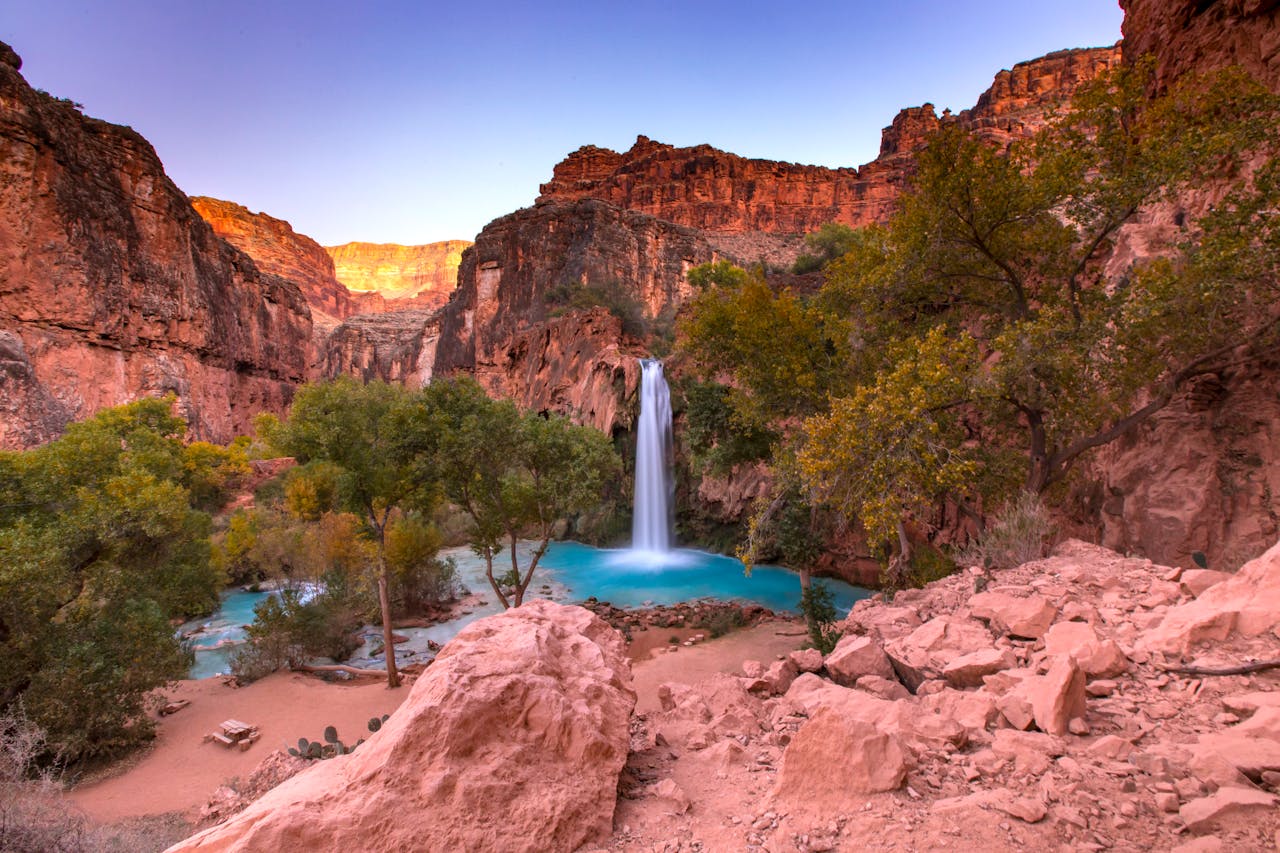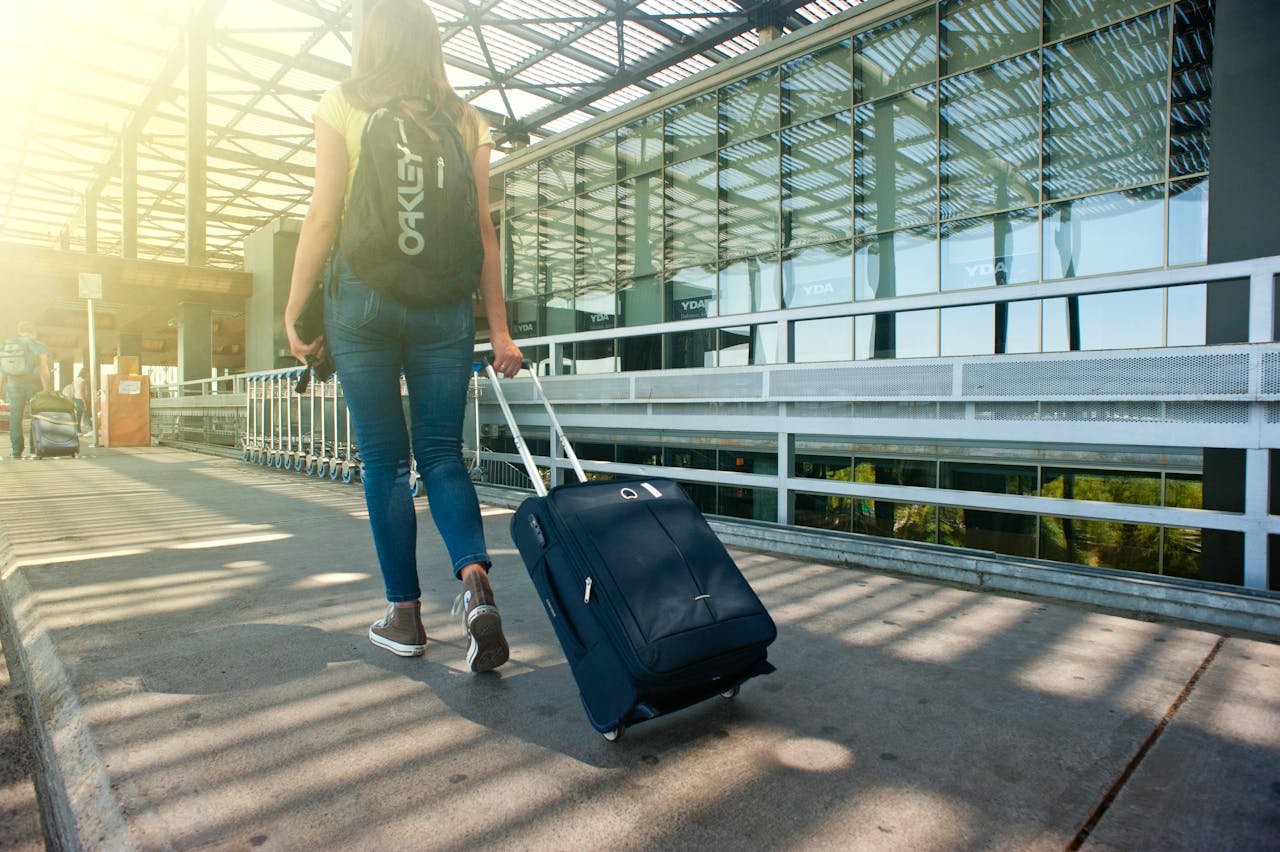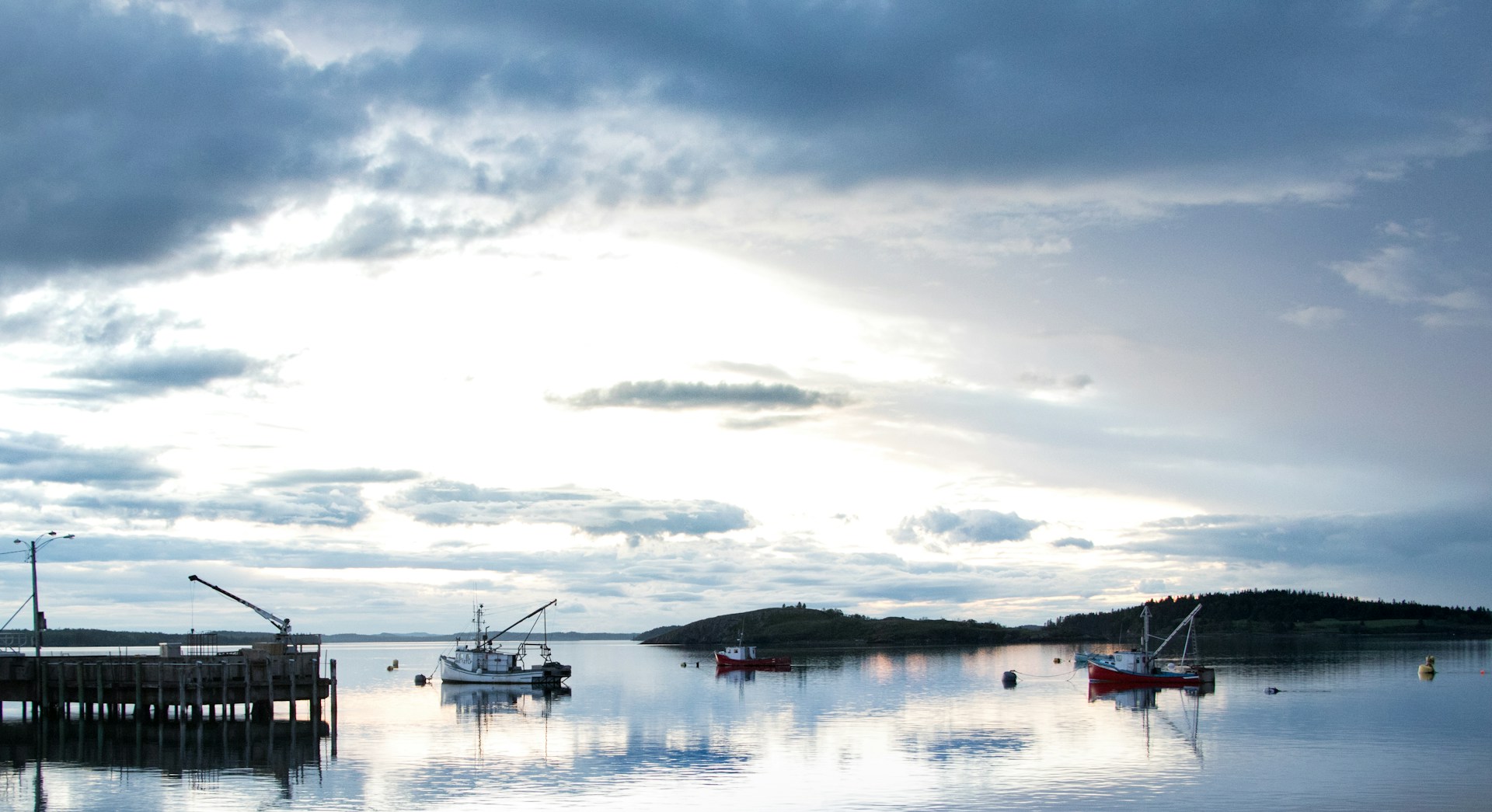Crowds bring money, but they also grind paths into dust, scare wildlife off nests, and strain tiny water systems past their limits. Rangers close gates not to punish travelers, but to buy time for reefs to regrow, soil to knit, and towns to breathe. Some places now cap daily entries or shut down for whole seasons; others require advance tickets and guided routes. The pattern is clear. Access survives when behavior changes, and the future of these landscapes depends on how lightly people move through them.
Maya Bay, Thailand

Once a calm cove, Maya Bay turned into a traffic circle of speedboats and sunscreen. Authorities closed it to let corals recover, then reopened with swimming bans, boat reroutes, and strict headcounts that sell out quickly. The sand looks pristine again, but blacktip reef sharks still spook when crowds spike, and monsoon breaks are used as scheduled resets. The rule of the place is simple now. Arrive by permit, keep distance, and accept that nature sets the pace, not the camera.
Fjaðrárgljúfur Canyon, Iceland

A viral music video turned a quiet mossed gorge into a bucket-list stampede. Footfall killed lichen that takes years to return, and spring thaw turned slopes into slick clay slides. Iceland’s environment agency has repeatedly fenced trails and imposed seasonal closures so plants can root again and runoff clears. Timber walkways and lookouts help, but patience helps more. When the moss is back, the canyon carries sound differently, and the whole scene feels like what people came to see in the first place.
Mount Fuji, Japan
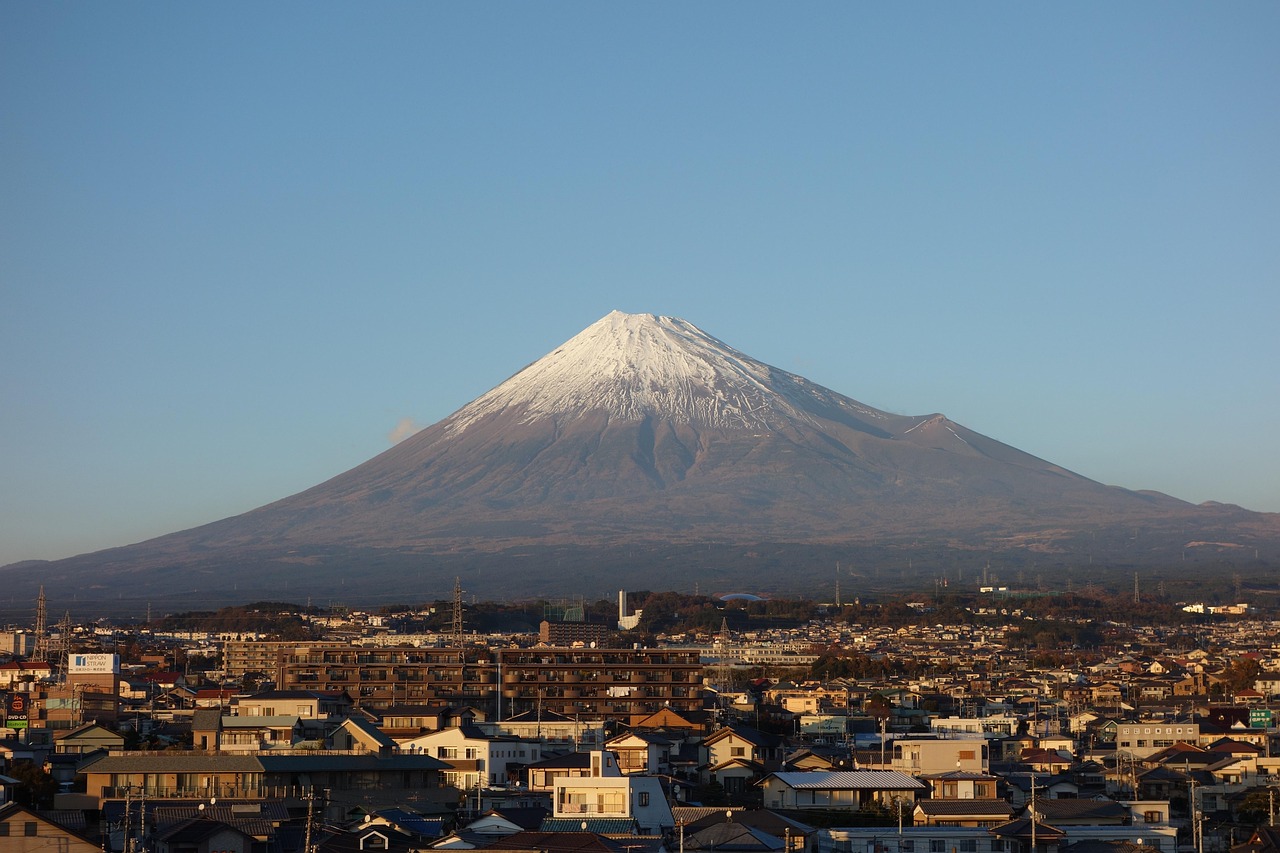
A sacred peak saw midnight conga lines of headlamps and ramen cups tossed into gullies. New rules cap daily hikers on the busiest route, add a mandatory fee for safety and cleanup, and gate late entries that once fueled risky summit pushes. The mountain still welcomes pilgrims and first-timers, but the climb now follows a steadier rhythm with staffed checkpoints and firm turnarounds in bad weather. Erosion slows, rescues drop, and sunrise feels earned rather than squeezed through a crowd.
Machu Picchu, Peru

Terraces hold, but only if feet follow the plan. Timed circuits and daily caps now spread visitors across routes and hours, and guides keep groups moving so elbows don’t stall on narrow stairs. Tickets sell out weeks ahead in peak months, and afternoon entries reward those who can bend their plans. The citadel breathes better when the flow is honest. You hear wind in the grass, not just voices, and the stonework’s precision reads clearly without a shoulder pressed to it.
Plitvice Lakes, Croatia
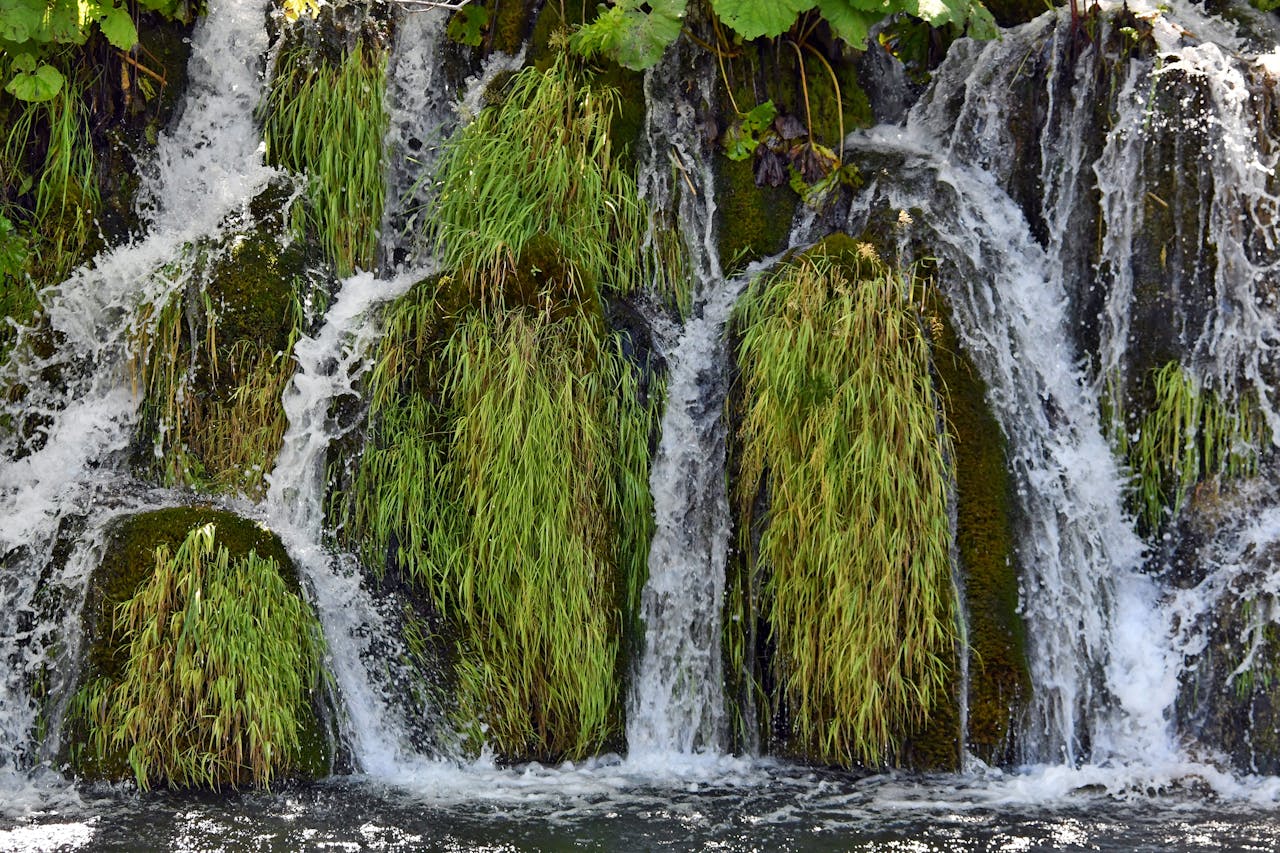
Turquoise pools and travertine barriers are delicate chemistry in motion. Heavy summers raised wastewater and trampling risks, prompting tighter headcounts, timed slots, and boardwalk repairs that close segments without warning. The park’s promise is color and clarity, and both fade when silt churns and crowds ignore one-way signs. When numbers hold and paths are respected, the water settles to glass and trout return to the edges. That is the bargain: fewer bodies, more wonder, and a park that lasts.
Havasu Falls, Arizona
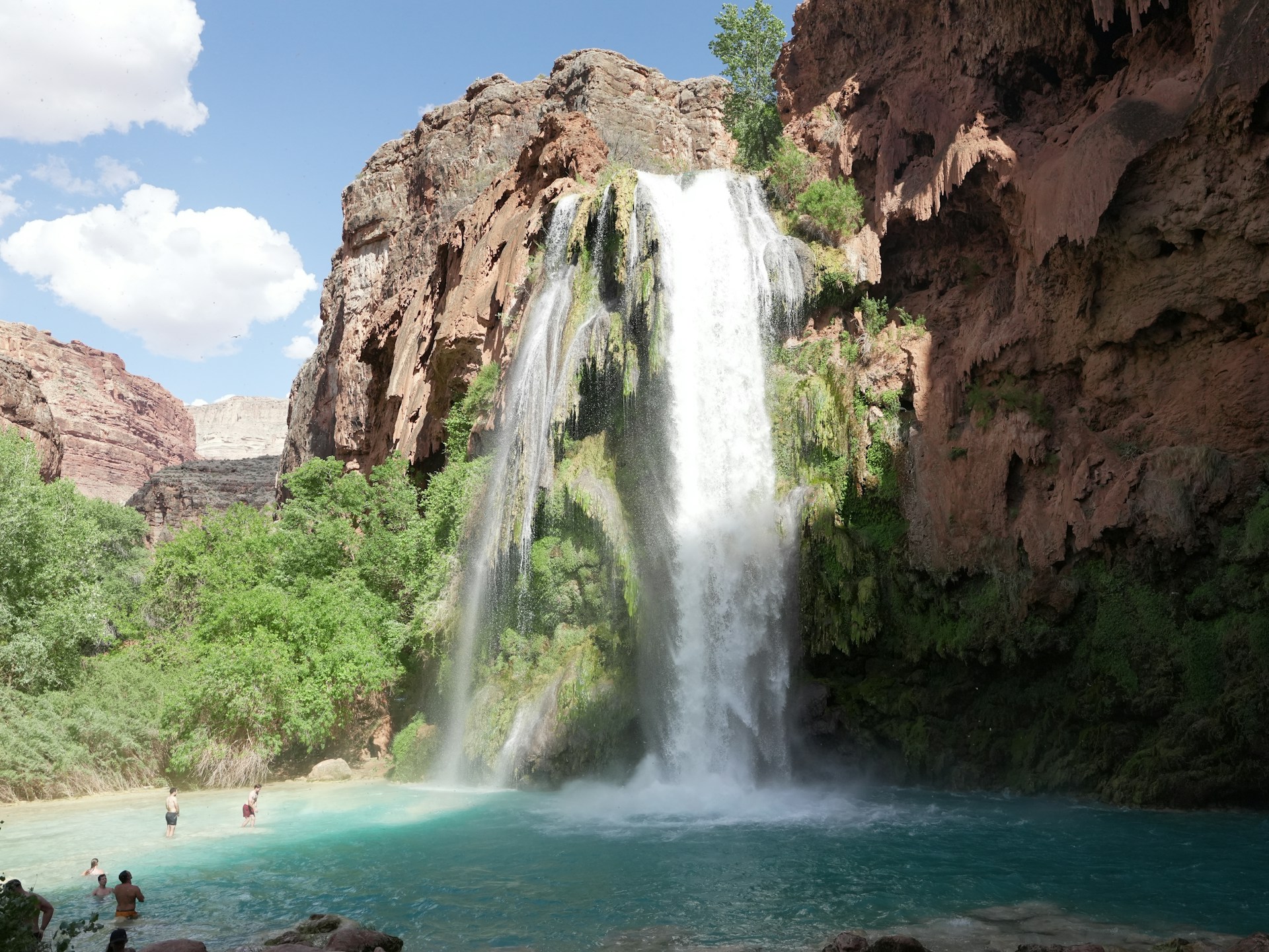
A canyon of blue-green water sits on Havasupai land, and entry lives or dies by permits set to protect trails, camps, and banks. Floods and damage have triggered full closures before, and sudden weather can do it again. The tribe limits numbers, bans day trips, and expects campers to pack out what they bring. When visitors match that standard, the pools stay clear and the village stays in charge of its home. When they do not, the gates close until the canyon can heal.
Boracay Island, Philippines
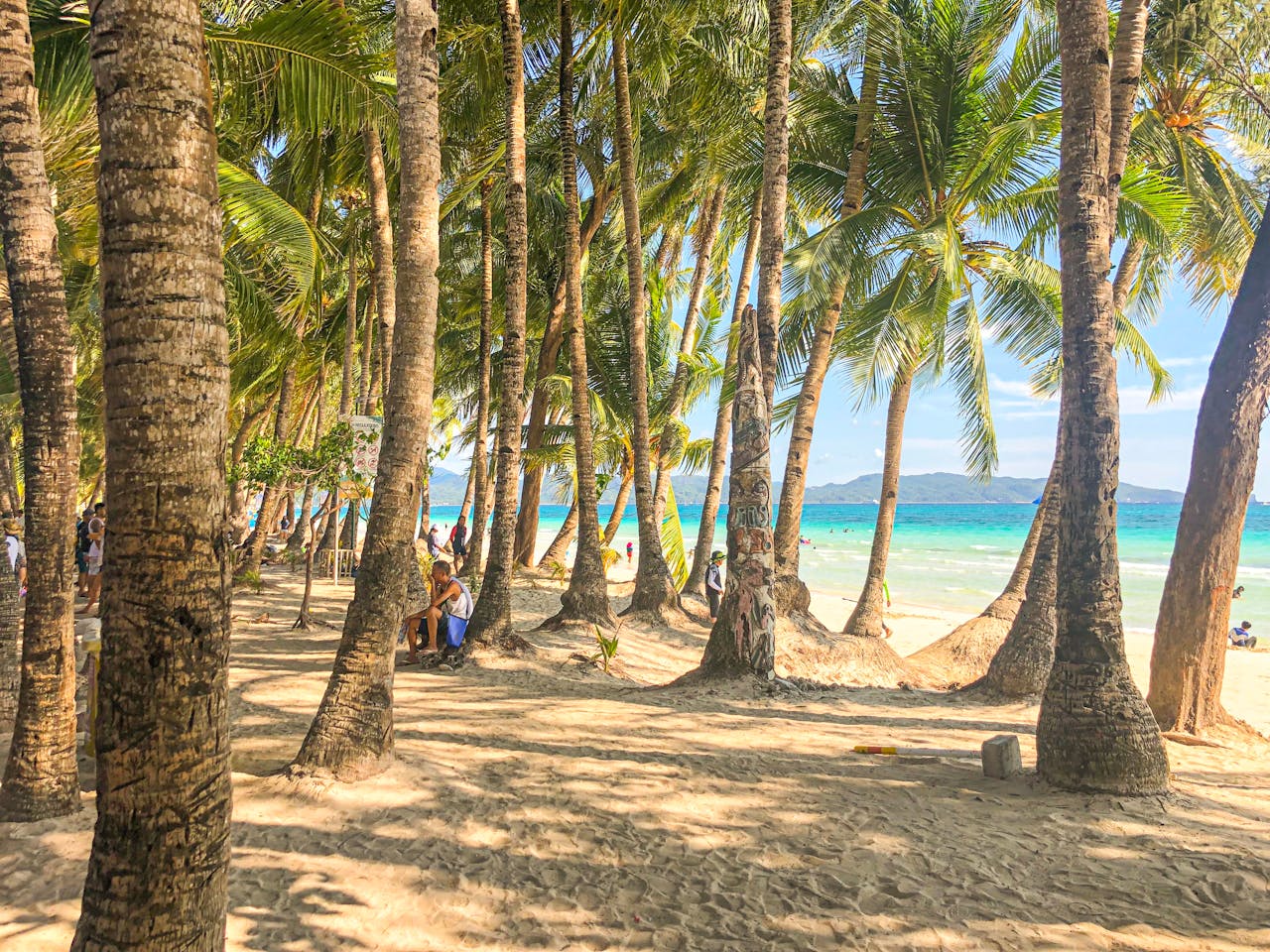
Too many beds, too little plumbing. Boracay’s postcard sand suffered sewage leaks and shoulder-to-shoulder crowds until the government shut it down, rebuilt systems, and enforced setbacks that push bars and loungers off the waterline. Reopening came with visitor caps, hotel audits, and patrols that actually write tickets. The beach looks like a beach again, with water that passes tests and space to breathe. The lesson travels well: limits feel strict until the shoreline turns beautiful again.
Ha Long Bay, Vietnam

Karst towers and emerald water pull fleets of tour boats into narrow channels. Diesel fumes and trash drift into quiet coves, and wake chop gnaws at fragile shores. Newer rules push cleaner engines, certified routes, and tighter oversight, yet pressure keeps rising as more berths launch. If compliance slips, expect no-go zones and fewer boats on the water at once. The bay keeps its magic when mornings go still again and the only sound is a paddle touching glass.
